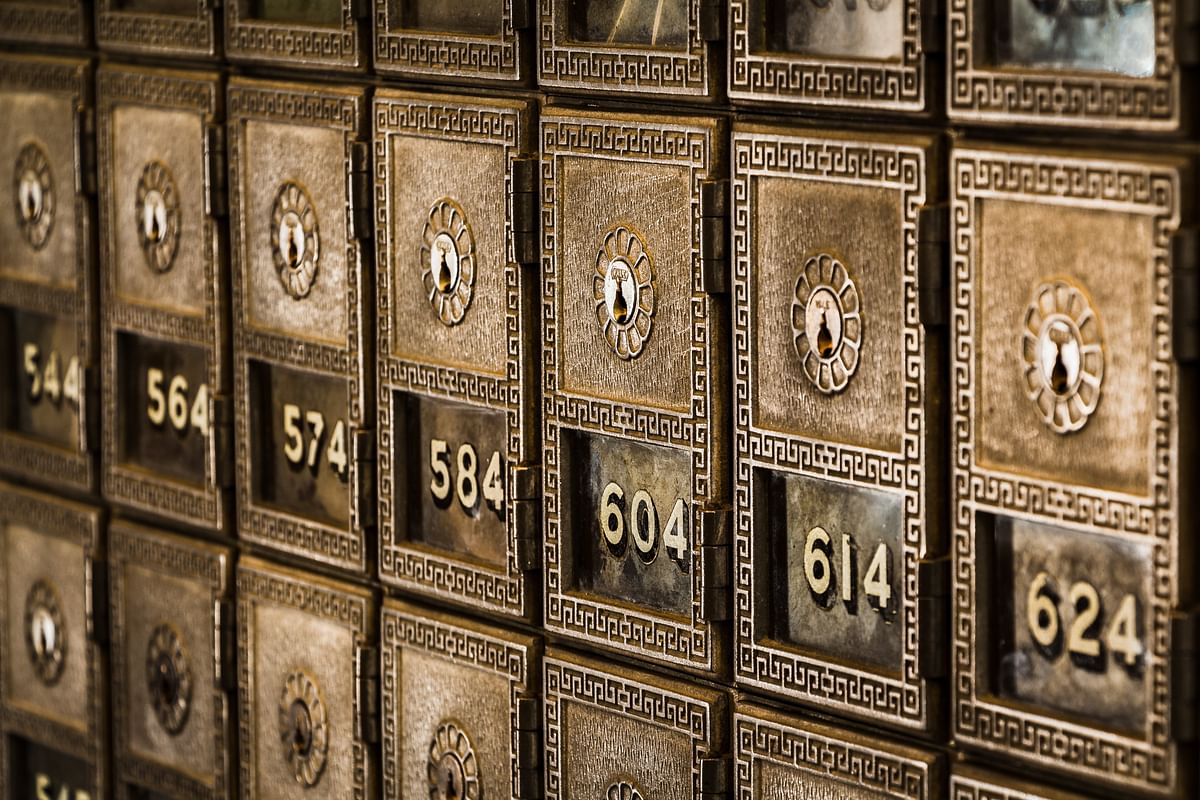[ad_1]
Fixed deposits (FDs) are one of the most preferred investment choices for professional and amateur investors alike as they provide risk-free guaranteed returns. For investors who want reliable and safe investment options with a specific rate of return, fixed deposits are the best choice. However, there are also downsides to fixed deposits, such as the returns may not be very high compared to investing in stocks or mutual funds. The most prominent downside to investing in fixed deposits is that you cannot withdraw your funds without incurring a penalty and losing out on interest payments. However, there may be situations where you need access to funds and have no other option but to break your FD before its maturity.
We have compiled a list of important things you should keep in mind if you choose to break your FD before maturity:
Penalties And Lower Interest Rates
The rate of interest offered on fixed deposits tends to be higher for higher tenures. For example, the interest rate of a 4-year FD offered by a bank could be 6.50%, while a 1-year FD might provide an interest rate of 5.00%. If you decide to prematurely withdraw your 4-year fixed deposit in just one year, you will only get the interest which is applicable for a 1-year FD, i.e. 5.00%. Moreover, the bank will deduct a certain amount from your interest payment as a ‘closure penalty.’ If your FD is near its maturity it’s better to wait rather than withdraw the funds unless absolutely necessary.
You May Not Get Similar Interest Rates Again
In case you have to break an FD for any reason, there is no guarantee that you will receive the same level of interest rates as before. FD interest rates keep changing every few weeks or months depending on the RBI’s monetary policies. There is a good possibility that when you reinvest your money into a new FD you may receive lower interest rates than what you were getting previously. However, this can also sometimes work in your favour if the interest rates are higher than what your previous FD offered.
Changing FDs For a Higher Interest Rate Isn’t Always The Best Choice
While it may seem like an obvious choice to break your old FD which has lower interest rates and invest in a newer FD which offers higher rates, you should first calculate how much money you will lose through the closure penalty as well as the reduction in your original interest rate. Only if investing in the new FD is still more profitable than your original interest rate after taking these factors into consideration, then perhaps you can break your FD and invest in a new one.
Consider Taking A Loan Against Your FD
If you are in immediate need of cash and are considering breaking your FD, then you still have one option remaining. Most prominent banks offer the facility of providing loans against your FDs, so you can take a temporary loan against your FD if you are in dire need of cash and repay it, rather than breaking your FD and losing out on interest payments and incurring penalty charges.
Also Read: How To Plan Fixed Income Strategy As Banks Raise FD Rates?
[ad_2]
Image and article originally from www.bqprime.com. Read the original article here.

